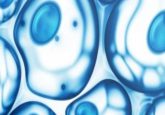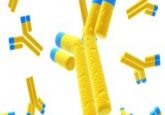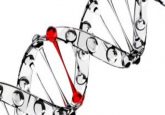Targeting GIV and G proteins to inhibit metastasis?
Researchers at University of California, San Diego School of Medicine (CA, USA) have discovered a new role for G proteins that may have some significance in halting solid tumor cancer metastasis. The study was recently published in Developmental Cell.
G proteins are a family of proteins recognized as a component of the communication system the body uses to sense hormones and other chemicals in the bloodstream and to send messages to cells.
“Our work provides the first direct evidence that G proteins are signaling on membranes inside cells, not just at the cell surface as has been widely believed for several decades,” commented senior author Pradipta Ghosh from the University of California, San Diego. “This is significant because the G-protein pathway is a target of at least 30% of all current drugs on the market.”
The San Diego-led team used live cell imaging of fluorescent proteins and other biological assays to demonstrate that G proteins in cultured human cells are active on the Golgi body. In addition to this, the team also identified the protein that activates G proteins as GIV, widely recognized in the cancer research community for its role in metastasis spread. When GIV was inhibited, G proteins were shown to remain inactive on the Golgi and secretion of enzymes and other proteins was delayed.
“We’ve identified a new mechanism that may contribute to the progression of chronic diseases like cancer,” explained Ghosh. “Prior to the study, the role of GIV in mediating cancer metastasis was ascribed to its ability to activate G proteins near the cell surface. We now know that targeting GIV and G proteins is a double whammy that inhibits key cancer-driving signals near the cell surface as well as secretion from the Golgi that may contribute to metastasis.”
Sources: Pradipta Ghosh et al. Activation of Gαi at the Golgi by GIV/Girdin Imposes Finiteness in Arf1 Signaling. Developmental Cell, doi: 10.1016/j.devcel.2015.02.009 (2015); University of California, San Diego press release




